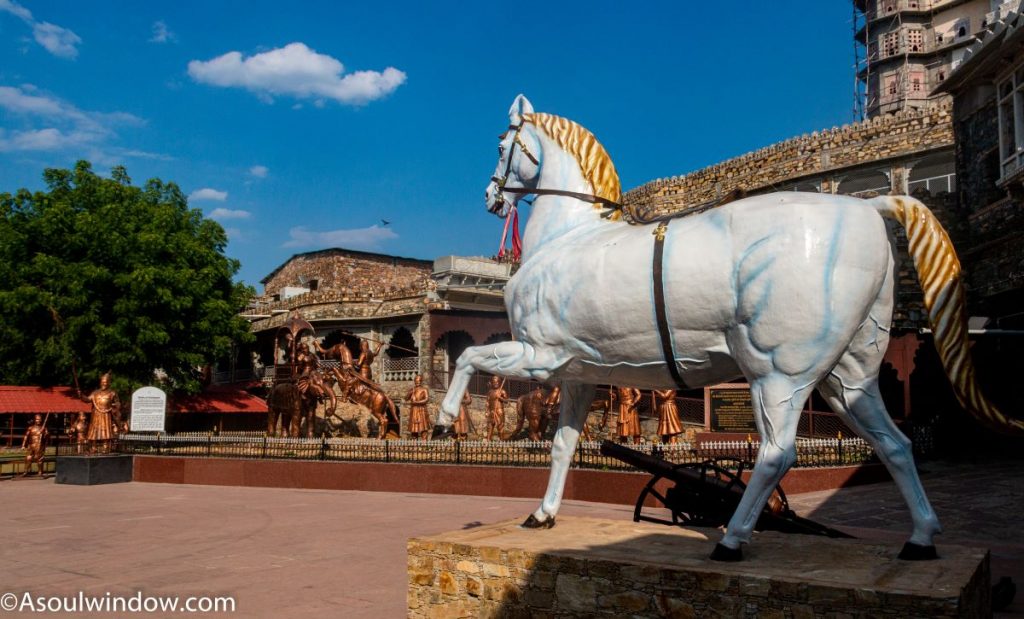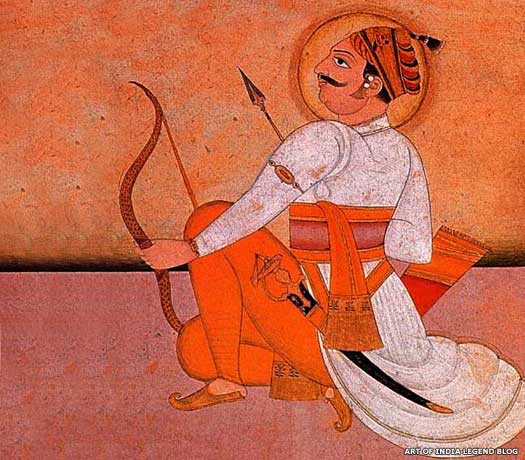
He set a remarkable example of Rajputs, although at that time the name rajput clan was not into existence. He was a great ruler and a man of his ideals and principles. Īscending the throne about 1177, the young Prithviraja inherited a kingdom that stretched from Sthanvishvara ( Thanesar once the capital of the 7th-century ruler Harsha ) in the north to Mewar in the south.

1166-died 1192), Rajput warrior king of the Chauhan ( Chahamana ) clan of rulers who established the strongest kingdom in Rajasthan. Prithviraja III, also called Prithviraj Chauhan, (born c.

To know more about Samudragupta click here. The Mathura stone inscription of Chandragupta II describes Samudragupta as an “ exterminator of all kings“, as someone who had no equally powerful enemy, and as a person whose “ fame was tasted by the waters of the four oceans”. It states that Samudragupta fought a hundred battles, acquired a hundred wounds that looked like marks of glory, and earned the title Prakrama ( valourous ). It gives the most detailed account of Samudragupta’s military conquests, listing them in mainly geographical and partly chronological order. The later Allahabad Pillar inscription, a panegyric written by Samudragupta’s minister and military officer Harishena, credits him with extensive conquests. The inscription does not name any of the defeated kings (presumably because its primary objective was to record the installation of a Vishnu idol in a temple), but it suggests that Samudragupta had subdued several kings by this time. The Eran stone inscription of Samudragupta states that he had brought “ the whole tribe of kings” under his suzerainty, and that his enemies were terrified when they thought of him in their dreams. The Gupta inscriptions suggest that Samudragupta had a remarkable military career. He wanted to give everyone a bright future which was impossible if Dhana Nanda was there. His main goal to defeat Dhana Nanda was to rescue people from the evil practices and tortures of Dhana Nanda. This tells a great difference in opinion.Ĭhandragupta always believed in freedom for everyone. He says he is there so Magadha is there so people are there. His rival Dhana Nanda’s ideology was vice-versa. His priority was People > Kingdom > King.

His ideology was Kingdom is there due to people and he is there due to kingdom. He was a very kind and fair king who always kept his people first. Under the tutelage of his advisor, Chanakya, Chandragupta assembled a band of men to rebel against the incumbent ruler.Ĭhandragupta was truly a remarkable warrior in the history. Aiming to extend its borders, the empire had built an army comprising some 200,000 infantry and 80,000 cavalry, backed up by thousands of chariots and elephants. The major force in the region at the time was the Nanda empire, ruled by Dhana Nandaand located in the kingdom of Magadha in north-east India. Chandragupta Maurya is influential for his founding of the Mauryan Empire, and consequent unification of India into a single state.


 0 kommentar(er)
0 kommentar(er)
